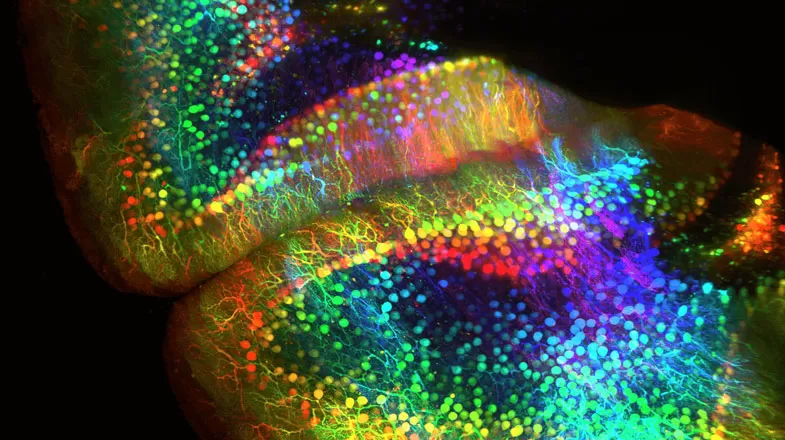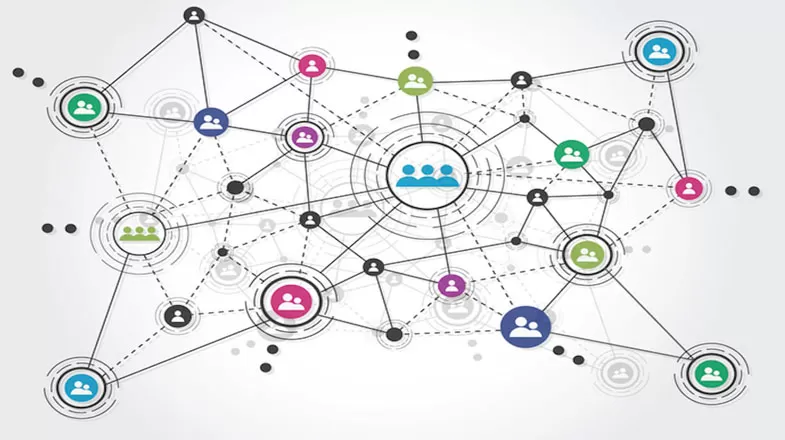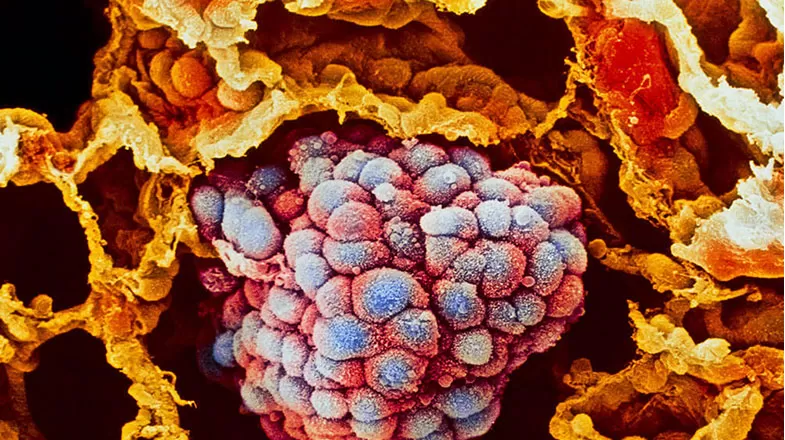Articles
Featured Articles
Read our latest stories on the people and scientific innovations making a difference in patients’ lives.

Living & Wellbeing
How Excess Sugar Affects Your Health
It’s difficult to avoid added sugars in your food. Seventy-four percent of packaged foods — including staples such as bread and ketchup — contain added sugars, often listed in the ingredients as sucrose, high-fructose corn syrup, dextrose, barley meal and rice syrup. [1] Even healthy-sounding foods, such as yogurt and whole-grain breakfast bars, can contain surprising amounts of sugar. [2] According to the 2015-2020 Dietary Recommendations for Americans, fewer than 10 percent of daily calories...

Unlocking the Secrets of Biology With Novel 3D Imaging Technology
Shoh Asano’s grandfather first taught him how to use a microscope as a child. He’d pull the antique instrument from its wooden box to examine leaves and other specimens gathered outdoors. “I’ve always been interested in looking deeper into the natural world to visualize life directly as it’s happening,” says Asano, who grew up in Germany. Three decades later, Asano is among a group of researchers recognized for using cutting-edge microscopy techniques to show the mouse brain in unprecedented...

Living & Wellbeing
Four Things to Know About Vaccination During Pregnancy
Maternal vaccines enhance the natural level of antibodies in pregnant women, which are then passed to babies in the womb to protect them against infections. Here are four things you need to know about vaccination during pregnancy. 1. Babies are very vulnerable in the first few weeks of life The risk of dying from infectious diseases is higher during the first few weeks of a newborn's life than at any other point. This susceptibility is primarily due to infant’s immature immune systems. Their...

Using "Molecular Glues" to Hijack the Body’s Garbage Disposal System
p.p1 {margin: 0.0px 0.0px 0.0px 0.0px; font: 12.0px 'Helvetica Neue'} Proteins are the stuff of life. They comprise the hormones, enzymes and many other molecules that are essential to our body’s functioning. But sometimes these loyal workhorses can go rogue, leading to cancer, autoimmune diseases and a variety of neurological conditions. Scientists who develop drugs are always looking for new ways to target these disease-related proteins — either to shut down their activities or to turn...

Living & Wellbeing
Are Health Apps Beneficial to Your Health?
This article originally published on GetHealthyStayHealthy.com We live in a digital world and health apps are certainly a part of it. Approximately 3.4 billion people use smartphones and tablets worldwide. According to mobile industry estimates, half of them have downloaded a health app. The question is, are health apps beneficial to our health? Can health apps really help? There are over 300,000 mobile health apps available, but it’s important to know that the vast majority of them are not...

Moving Beyond Clinical Trials: 4 Lessons From Real-World Data
Clinical trials continue to be the gold standard for studying the safety and efficacy of a new medicine. They are designed to take place in very controlled environments, in a well-defined population, to understand the effects of a medicine on the specific patients; however, these experimental conditions don’t always represent “real world” settings. In recent years, drug makers, doctors and health insurance companies have been increasingly turning to real-world data to answer questions that...

Cytokines of Interest: Understanding Their Paths to Disease
In the diverse universe of cytokines, signaling proteins secreted by our cells that affect nearly every biological process in the body, there is a specific subset that scientists pay extra attention to for their role in autoimmune diseases, cancer, and other conditions. What sets apart these "cytokines of interest" — 57 in total — from others is that they’re dependent on a pair of enzymes called Janus kinases (JAKs) to transmit their messages to a cell. And in recent years, scientists have...

More than Just a Nuisance, Noise May Be Hurting Your Heart Health
People living in urbans areas might dismiss the sounds of honking horns, thumping jackhammers and screeching breaks as mere annoyances that disturb their peace and quiet. But regular exposure to noise pollution may increase their risk of heart attacks and other cardiovascular diseases. A recent review in the Journal of the American College of Cardiology offers some insight into how chronic exposure to noise impacts us on a molecular level to increase our risk of cardiovascular conditions. Tu...

Touching Base: the Speed and Accessibility of Next Generation Sequencing
When German engineer Carl Benz took the world’s first automobile out for a spin in 1886, most observers were underwhelmed. With an engine that generated 0.75 horsepower and a top speed of 10 miles per hour, not many people rushed out to buy Benz’s first car. The $1000 price tag, an outrageous sum at the time, also discouraged all but the wealthiest would-be auto enthusiasts. But subsequent generations of cars not only got faster, they also became more affordable. By 1914 the Ford Model T had a...

Nature’s Antifreeze Holds the Answer to Preserving Human Organs
Arctic creatures have a variety of adaptations for surviving subzero temperatures. Now, science is hoping to borrow a few of their techniques to extend the shelf life of human organs. Some creatures head south to survive the winter, but the North American wood frog stays put, enduring subzero temperatures by transforming into a frozen “frogsicle.” With no heartbeat or breathing for prolonged periods, the partially frozen amphibian gradually thaws and hops back to life as spring emerges. The...

Breathing New Life Into Lung Cancer Research
The story of cancer was long seen as a single narrative: a cell acquires genetic mutations, starts to divide uncontrollably and then spreads.But in recent years, this tale has become more complex. Scientists are increasingly aware that a tumor’s microenvironment — its surrounding healthy cells, including fibroblasts that form connective tissues, as well as blood vessels and immune cells — are more than just innocent bystanders, they actively contribute to the developing tumor and can play a role...

The Evolution of Inflammation
Hunting wooly mammoths with stone age technology took guts. If the archaeological record is to be believed, it also took an incredible ability to bounce back from serious injuries. Stone age burial sites are filled with examples of early humans who recovered from broken bones, dislocated limbs and infected wounds, all without any help from modern medicine. The active lifestyle required to feed oneself led to frequent injuries and infections, which means that the people who survived to pass...
Media Resources & Contact Information
Anyone may view our press releases, press statements, and press kits. However, to ensure that customers, investors, and others receive the appropriate attention, Pfizer Media Contacts may only respond to calls and emails from professional journalists.
